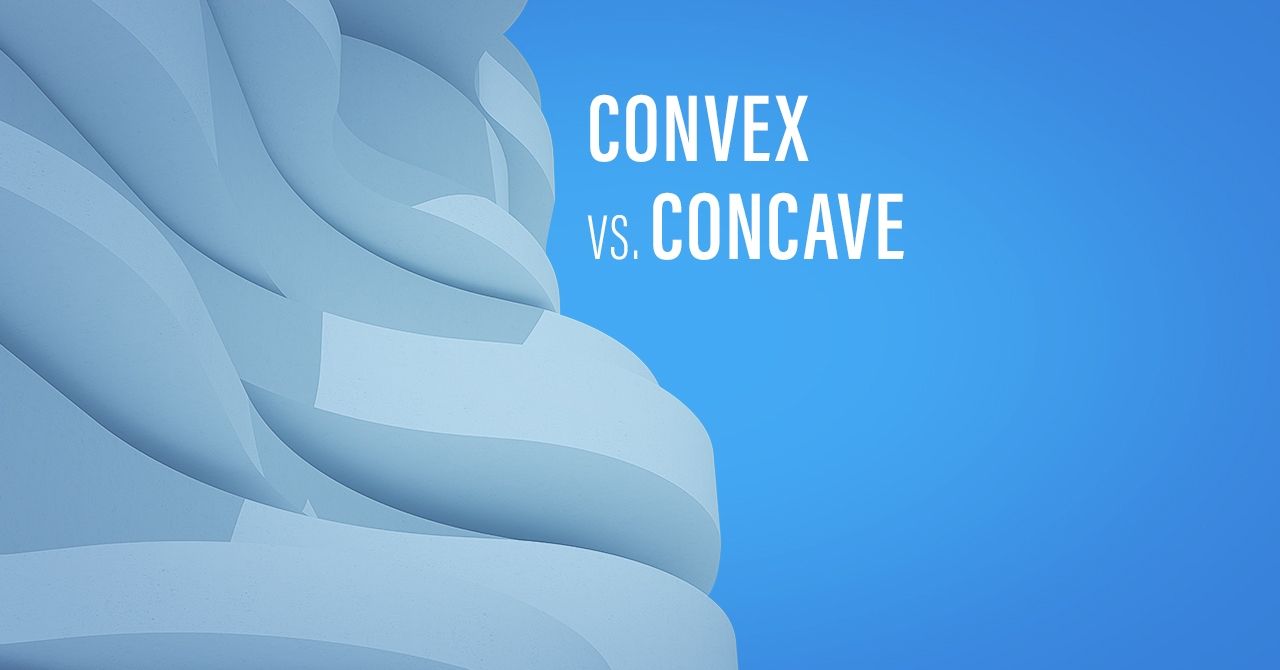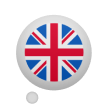
Convex vs. Concave — similar words with opposite meanings
Let’s see what these words mean and how they differ.

Get a FREE guide!
Want to sound like a native English speaker?
Get our free PDF with top tips that work.

Check your email!
The convex vs. concave dilemma isn’t new, and it’s not just a matter of language and grammar. Both words have their origin in physics (optics) and maths (geometry). Lenses, mirrors, graphs, and functions can be either convex or concave.
In prose, we can use these terms to highlight an unusual shape of someone’s face or an object. Let’s see what these words mean and how they differ.
What’s a Convex Shape
A convex shape is a bit rounded. A direct translation of the word convex is outcurved - curving outward. For an example of a complex shape, imagine objects such as a ball, sphere, disc, or just about anything round.
Keep in mind that convex doesn’t mean round but rounded. In addition to round shapes and objects, anything that’s slightly rounded is still convex. A convex mirror, for example, is curved outward a little, but just enough to affect the size and shape of the image.
What’s a Concave Shape
A concave shape is a direct opposite of convex or rounded. It is incurved (curved inward), sunken, and a bit hollow. Imagine a sand watch, the upper side of a spoon, a dentist’s mirror, or the inner part of a bowl or plate. While a convex mirror makes an image appear smaller, a concave mirror makes it larger.
Convex and Concave Lines and Curves
The same rules apply to concave and convex lines and curves. The shape of letters O and D is convex. But C is concave - at least when you look at it from the right. From the left, it’s convex.
Still sounds confusing? Just remember that convex means rounded, and concave means a bit hollow. The main thing here is to avoid mixing the two terms.
People usually struggle to remember the difference between convex vs. concave. Most of us won’t even notice if you accidentally switch them. But knowing how to use those words properly can make you look like an expert in both English and sciences - or at least a person who knows what they are talking about.
















